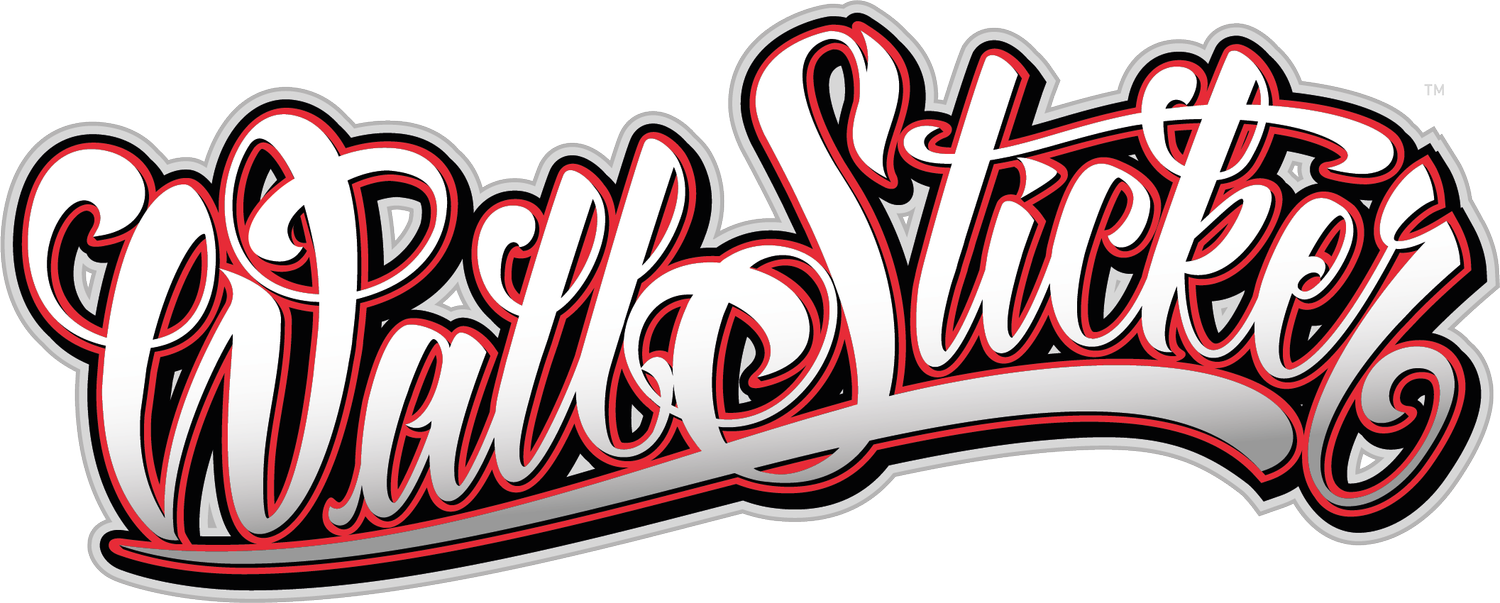What Permits Do I Need for Signage Projects? Why It Varies by City
If you're planning to install a new sign—whether it's a blade sign, vinyl window decal, wall wrap, or illuminated storefront lettering—one of the first questions you might ask is:
“What permits do I need in my city?”
The answer isn’t always simple. Permit requirements for signage vary significantly from city to city, depending on local building codes, zoning laws, historic districts, and even the type of building your business occupies.
In this article, we’ll explain why signage permits vary by location, what types of permits you may need, and how to make the process easier.
Why Do Permit Requirements Vary by City?
Cities create their own sign ordinances based on a range of factors, including:
Local zoning codes (commercial, residential, mixed-use)
Historic preservation regulations
Business district aesthetics and branding guidelines
Public safety standards (especially for projecting or illuminated signs)
Environmental considerations (like light pollution or obstruction of views)
As a result, the same sign that’s permitted in one city may be restricted or even prohibited in another.
Common Types of Sign Permits
While every municipality has unique requirements, most cities require permits for the following signage types:
Blade signs (projecting perpendicular to the building)
Wall signs (mounted flat on a facade)
Window graphics (especially if covering more than a certain percentage)
Illuminated signs (requiring electrical permits)
Temporary banners or construction signs
Vinyl wall wraps or building wraps (especially for outdoor/public-facing surfaces)
You may need one or more of the following:
Sign permit
Building permit
Electrical permit
Zoning review or planning approval
Landmark or historic district approval
Examples of How It Can Differ
In Los Angeles, vinyl window decals may not require a permit if they cover under 10% of the total glass area—but illuminated signs need multiple approvals.
In San Francisco, signage in historic districts may require design review and Planning Department approval, even for non-permanent graphics.
In Chicago, blade signs need both a public way use permit and sign permit—often requiring stamped engineering drawings.
In New York City, even temporary signage like scaffolding banners must follow strict DOB (Department of Buildings) guidelines.
How to Navigate the Process
Start Early: Permitting can take days to several weeks. Begin the process well before your planned installation.
Hire a Permit Expediter or Experienced Signage Partner: At [Your Company Name], we handle permitting as part of our signage project management service.
Know Your Building Type: Regulations may differ for standalone buildings vs. multi-tenant commercial properties.
Check for Historic or Special Districts: These often have added design restrictions or require community board approvals.
Don’t Skip It: Installing signage without a permit can lead to violations, fines, and mandatory removal.
Final Thoughts
Permitting is one of the most important—and most overlooked—steps in a signage project. Since rules can vary drastically from one city to the next, working with an experienced team that understands local codes is key.
At Wallsticker, we manage permitting for clients nationwide, helping you avoid delays, stay compliant, and focus on growing your business. Whether you’re opening one store or rolling out signage across 100+ locations, we’ve got your back.
Have questions about permits in your city?
Contact us today and we’ll walk you through what you’ll need.

